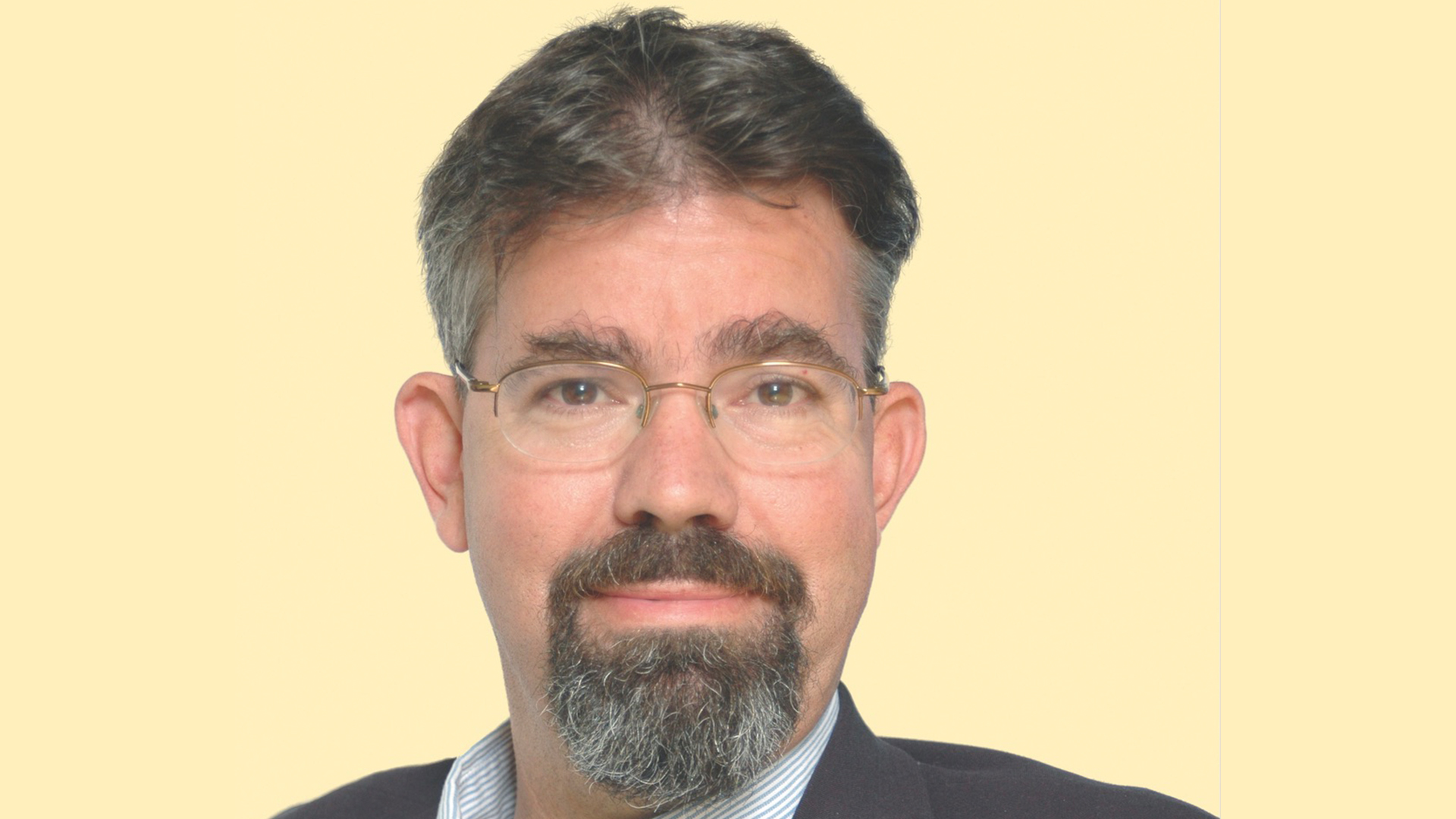Ion's Lawson on the Upside of the 'U's
John Lawson, executive VP for Ion Media Networks, the nation's largest TV station group, says the FCC-mandated DTV transition has boosted his stations' coverage big-time.
That's the good news. The bad news is that Ion recently filed for bankruptcy protection, which Lawson says makes it even more important that the FCC help the station group secure must-carry for its multicast channels.
Acting FCC Chairman Michael Copps recently said that the DTV transition won't be complete until stations use their channels to diversify the broadcast landscape, and Lawson says cable must-carry should be part of the equation. He talks with B&C Washington Bureau Chief John Eggerton about that and much more.
We have been hearing about a lot of problems with VHF stations in large markets. Your group is virtually all UHFs. How has the transition affected you?
If you look at the FCC coverage predictions, we are getting a big increase in coverage. All of our 59 owned-and-operated stations are U's except one in Martinsburg, W.Va.
So is the DTV transition going to wind up being the revenge of the U's?
It is the revenge of the U's, which is kind of ironic. It has been a terrific upside for us.
The smarter way to stay on top of broadcasting and cable industry. Sign up below
Any specific markets you can point to with particularly big gains?
Yes, Washington, D.C. We picked up 2.4 million viewers to a total of 6.99 million in the District, Maryland and Virginia. We moved from our analog station, which was in Manassas, Va., on a relatively low tower, to a tower in northwest D.C. We quadrupled our power and moved to a central location at a much higher elevation. With that, we are boosting our signal reach by more than 53%.
What is the total audience pickup in your markets?
Based on the FCC Website, and correcting for markets where we have satellite stations, we are picking up 37.3 million people.
We've talked about the big coverage boost for your primary DTV stations, but most TV station viewership is over cable. What about the multicast networks you program on your owned stations' digital spectrum? How is your cable coverage on those?
It's poor. We have had a lot of trouble convincing our cable friends to carry our Qubo kids and Ion Life channels.
Is the argument that they already have similar kids channels?
For the kids channel, they generally say, “We like it, but we don't have capacity.” It used to be, “We can only carry so many video channels,” but now it's, “We need the bandwidth for broadband.”
But cable operators generally already have Nickelodeon or Cartoon Network.
Qubo fills a unique niche. It is kind of an abandoned area between preschool and the 'tween channels.
Do you see an opening with the president's pick for FCC chairman, Julius Genachowski? He is a founding board member of Common Sense Media, which stresses both parental control and positive kids programming.
Yes, our philosophy is in line with Common Sense Media, which is that there should be policies that encourage positive alternatives for parents and children. New laws shouldn't be necessary, but if people who control the bottlenecks aren't willing to work with people like us, then at some point the government does have to step in.
Speaking of multicast channels, is Urban TV, your proposed African-American-targeted network with BET founder Bob Johnson, still alive?
Definitely. We have been keeping our powder dry in terms of activity at the commission. We filed applications for spectrum sharing that are at the Media Bureau. We are waiting for the new commissioners to be sworn in before we make another run at it.
But given the fact that in the Obama/Biden technology innovation plan, which Julius Genachowski had a lot to do with writing, diversity of media ownership and minority ownership are at the very top of the list, we definitely are encouraged.
How is Ion doing financially?
We filed for Chapter 11 bankruptcy protection several weeks ago. We inherited $2.5 billion in debt from the PAX TV days. And even though Ion is generating cash flow in this advertising depression, we can't support the interest on that kind of debt. We have a long way to go in the process, but we hope to come out of the Chapter 11 proceedings as a much stronger company.
Who will wind up owning the company?
We don't know yet. The way it works is that the holders of our senior debt emerge as the new owners, and the existing equity is zeroed out. Our debt is still being traded publicly on the markets, so we don't know exactly who our new owners will be.
Ion just launched mobile TV service. How important is mobile to TV's future?
Mobile DTV represents the biggest financial upside for the television broadcasting industry since the invention of the 30-second spot. We see tens of millions of mobile DTV users in a few short years, an audience much larger—and much younger—than the remaining over-the-air viewer base today.
E-mail comments to
jeggerton@reedbusiness.com
Contributing editor John Eggerton has been an editor and/or writer on media regulation, legislation and policy for over four decades, including covering the FCC, FTC, Congress, the major media trade associations, and the federal courts. In addition to Multichannel News and Broadcasting + Cable, his work has appeared in Radio World, TV Technology, TV Fax, This Week in Consumer Electronics, Variety and the Encyclopedia Britannica.

